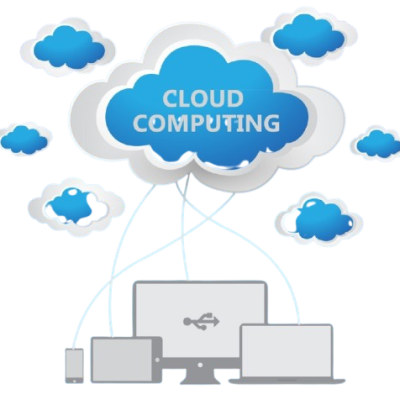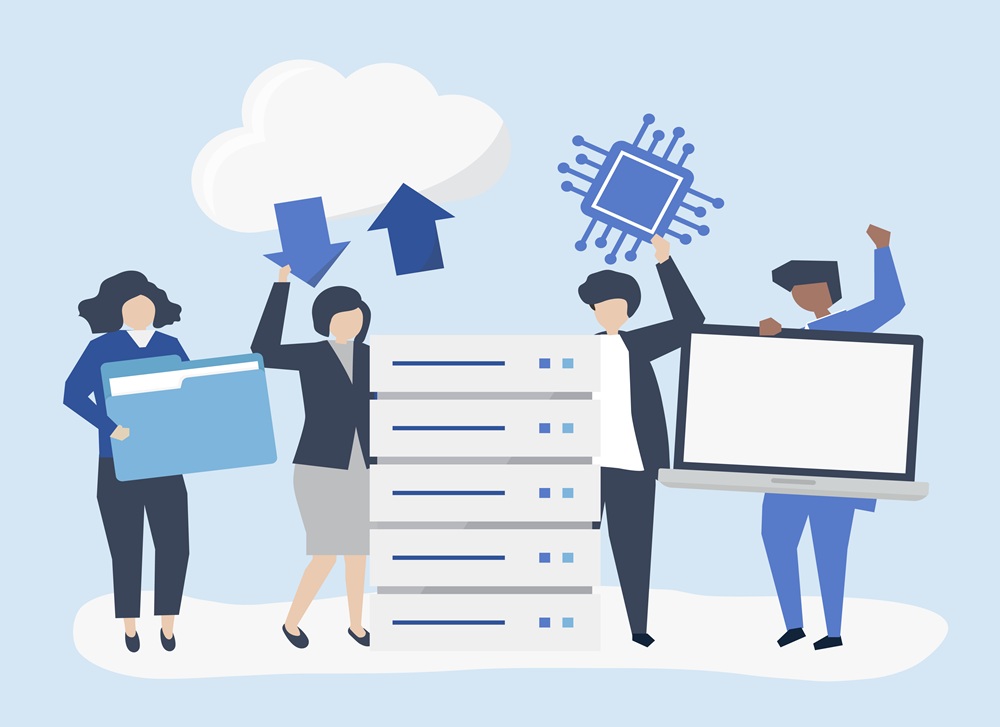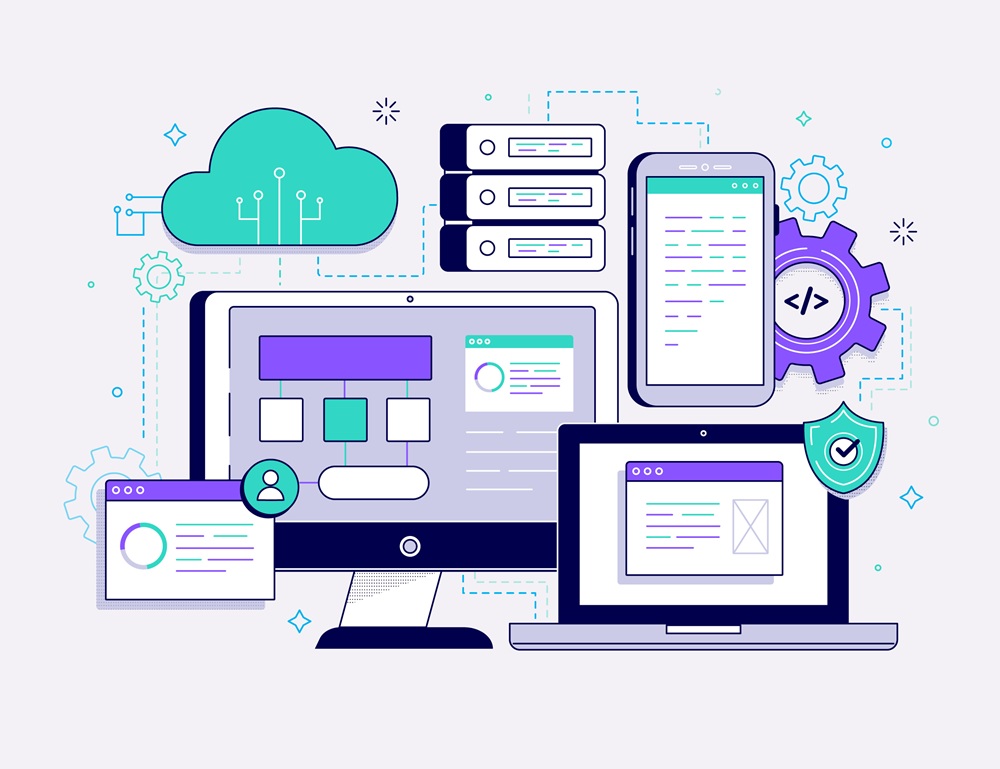What is cloud computing?
Cloud computing is the on-demand delivery of IT resources over the Internet with pay-as-you-go pricing. Instead of buying, owning, and maintaining physical data centers and servers, you can access technology services, such as computing power, storage, and databases, on an as-needed basis from a cloud provider like Amazon Web Services (AWS).

What is cloud computing?
Cloud computing is on-demand access to computing resources—physical or virtual servers, data storage, networking capabilities, application development tools, software, AI-powered analytic platforms and more—over the internet with pay-per-use pricing.
In simpler terms, the “cloud” doesn’t refer to something floating in the sky. Instead, when you use cloud services, you’re accessing remote servers, powerful mainframe computers housed in large data centers, through the internet. The cloud computing model gives you, the customer, greater flexibility and scalability compared to traditional on-premises infrastructure.
Cloud computing is pivotal in our everyday lives, whether that means to access a cloud application such as Google Gmail, stream a movie on Netflix or play a cloud-hosted video game. With cloud computing, you get the computing power or storage you need, without having to own or manage the physical hardware yourself.
Cloud computing has also become indispensable in business settings, from small startups to global enterprises, as it offers greater flexibility and scalability than traditional on-premises infrastructure. Its many business applications include enabling remote work by making data and applications accessible from anywhere, creating the framework for seamless omnichannel customer engagement and providing the vast computing power and other resources needed to take advantage of cutting-edge technologies such as generative AI and quantum computing.
Who is using cloud computing?

Benefits of cloud computing
Agility
The cloud gives you easy access to a broad range of technologies so that you can innovate faster and build nearly anything that you can imagine. You can quickly spin up resources as you need them–from infrastructure services, such as compute, storage, and databases, to Internet of Things, machine learning, data lakes and analytics, and much more.
You can deploy technology services in a matter of minutes, and get from idea to implementation several orders of magnitude faster than before. This gives you the freedom to experiment, test new ideas to differentiate customer experiences, and transform your business.

Elasticity
With cloud computing, you don’t have to over-provision resources up front to handle peak levels of business activity in the future. Instead, you provision the amount of resources that you actually need. You can scale these resources up or down to instantly grow and shrink capacity as your business needs change.
Cost savings
The cloud allows you to trade fixed expenses (such as data centers and physical servers) for variable expenses, and only pay for IT as you consume it. Plus, the variable expenses are much lower than what you would pay to do it yourself because of the economies of scale.

Types of cloud computing

Infrastructure as a Service (IaaS)
IaaS contains the basic building blocks for cloud IT. It typically provides access to networking features, computers (virtual or on dedicated hardware), and data storage space. IaaS gives you the highest level of flexibility and management control over your IT resources. It is most similar to the existing IT resources with which many IT departments and developers are familiar.

Platform as a Service (PaaS)
PaaS removes the need for you to manage underlying infrastructure (usually hardware and operating systems), and allows you to focus on the deployment and management of your applications. This helps you be more efficient as you don’t need to worry about resource procurement, capacity planning, software maintenance, patching, or any of the other undifferentiated heavy lifting involved in running your application.

Software as a Service (SaaS)
SaaS provides you with a complete product that is run and managed by the service provider. In most cases, people referring to SaaS are referring to end-user applications (such as web-based email). With a SaaS offering, you don’t have to think about how the service is maintained or how the underlying infrastructure is managed. You only need to think about how you will use that particular software.
What are cloud services?
loud services are IT resources managed by AWS and delivered on demand over the internet. Traditionally, organizations had to purchase and configure everything from server hardware and storage systems to networking and security technologies before launching any digital system. Provisioning and managing IT infrastructure is expensive, complicated; and takes time away from innovation.
Cloud services allow anyone to access the IT infrastructure needed to build and maintain digital systems, abstracting complex infrastructure so anyone can build sophisticated applications quickly and scale globally. Running your applications on a cloud server is just the start. You can use cloud services to add artificial intelligence and machine learning (AI/ML), real-time data analytics, and many other capabilities to your applications.
What are cloud managed services?
Cloud services are also called cloud managed services because the underlying infrastructure is fully managed by AWS. All required hardware, operating systems, and other infrastructure layers are stored and managed in highly secure AWS data centers distributed around the globe. We purchase and maintain all types of IT resources, making them available as services you can access in your application code.
AWS monitors and maintains cloud servers, storage, networks, databases, and more, ensuring consistent performance and uptime. Beyond hardware maintenance, we handle all types of IT operational tasks from load balancing and patch management to disaster recovery and more.
Today, thanks to AWS, anyone—from college students to enterprise teams—can access cloud services at a fraction of the cost of managing on-premises infrastructure. Anyone can build and deploy software without heavy upfront IT infrastructure investments.
